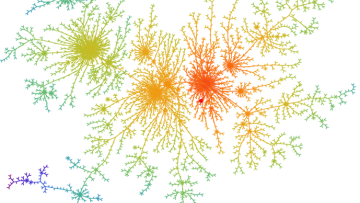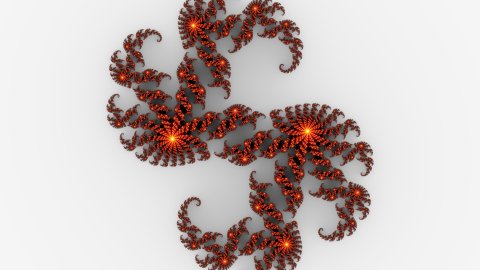The Mathematics of Random Systems: Analysis, Modelling and Algorithms is our new EPSRC Centre for Doctoral Training (CDT), and a partnership between three world-class departments in the area of probabilistic modelling, stochastic analysis and their applications: the Mathematical Institute, Oxford, the Department of Statistics in Oxford and the Dept of Mathematics, Imperial College London.
16:30
Structure of approximate subgroups of nilpotent groups and applications
Abstract
In a joint work with Matt Tointon, we study the fine structure of approximate groups. We deduce various applications on growth, isoperimetry and quantitative estimates for the the simple random walk on finite vertex transitive graphs.
15:30
Cross ratios on cube complexes and length-spectrum rigidity
Abstract
A conjecture from the '80s claims that the isometry type of a closed, negatively curved Riemannian manifold should be uniquely determined by the lengths of its closed geodesics. By work of Otal, this is essentially equivalent to the problem of extending cross-ratio preserving maps between Gromov boundaries of simply connected, negatively curved manifolds. Progress on the conjecture has been remarkably slow, with only the 2-dimensional and locally symmetric cases having been solved so far (Otal '90 and Hamenstädt '99).
Still, it is natural to try leaving the world of manifolds and address the conjecture in the general context of non-positively curved metric spaces. We restrict to the class of CAT(0) cube complexes, as their geometry is both rich and well-understood. We introduce a new notion of cross ratio on their horoboundary and use it to provide a full answer to the conjecture in this setting. More precisely, we show that essential, hyperplane-essential cubulations of Gromov-hyperbolic groups are completely determined by their combinatorial length functions. One can also consider non-proper non-cocompact actions of non-hyperbolic groups, as long as the cube complexes are irreducible and have no free faces.
Joint work with J. Beyrer and M. Incerti-Medici.
14:15
RAAGs and Stable Commutator Length
Abstract
Stable commutator length (scl) is a well established invariant of elements g in the commutator subgroup (write scl(g)) and has both geometric and algebraic meaning. A group has a \emph{gap} in stable commutator length if for every non-trivial element g, scl(g) > C for some C > 0.
SCL may be interpreted as an 'algebraic translation length' and such a gap may be thus interpreted an 'algebraic injectivity radius'.
Many classes of groups have such a gap, like hyperbolic groups, mapping class groups, Baumslag-Solitar groups and graph of groups.
In this talk I will show that Right-Angled Artin Groups have the optimal scl-gap of 1/2. This yields a new invariant for the vast class of subgroups of Right-Angled Artin Groups.
13:15
Quasi-isometric embeddings of symmetric spaces and lattices
Abstract
Symmetric spaces and lattices are important objects to model spaces in geometry and topology. They have been studied from many different viewpoints. We will concentrate on their coarse geometry view point in this talk. I will first quickly go over some well-known results about quasi-isometry of those spaces. Then I will move to the study about quasi-isometric embeddings. While results in this direction are far less complete and well-studied, there are some rigidity phenomenons still happening here.
Univariate and Multivariate Polynomials in Numerical Analysis
Abstract
We begin by reviewing numerical methods for problems in one variable and find that univariate polynomials are the starting point for most of them. A similar review in several variables, however, reveals that multivariate polynomials are not so important. Why? On the other hand in pure mathematics, the field of algebraic geometry is precisely the study of multivariate polynomials. Why?




